MLB Opening Day featured a must-see, bench-clearing incident between Milwaukee Brewers’ first baseman Rhys Hoskins and New York Mets’ second baseman Jeff McNeil.
In the top of the eighth inning, with Hoskins on first base, Brewers’ shortstop Willy Adames rolled a ground ball to Mets’ third baseman Brett Baty. Baty threw the ball to second baseman Jeff McNeil, who dropped the ball on the transfer just as Hoskins slid into and beyond second base, colliding with McNeil. Hoskins lay on the dirt, almost limp, while McNeil shouted expletives and gestured lividly at the grounded Hoskins.
Hoskins and McNeil have some history, dating back to Hoskins’ time in Philadelphia. As such, neither player admitted he was wrong in the aftermath of the incident. McNeil felt Hoskins broke one of baseball’s “unwritten” rules, while Hoskins felt he slid through the bag, upheld the letter of the law, and successfully disrupted the double play in a legal manner.
In fact, the Mets challenged the play for a sliding violation, but the call stood upon review. Despite McNeil’s objection to the play, it was nowhere near the level of a vintage Chase Utley wipeout slide of years past when the former Dodger famously broke Ruben Tejada’s leg in 2015. After the game, McNeil delivered a series of passive-aggressive, incongruent comments regarding the “collision.”
First, he tried to downplay the incident.
“It was a legal slide, so I just want to leave it at that,” McNeil said. “I don’t want this to be something… I just want to go out and play good baseball and try to win the series.”
McNeil went on to flagrantly lie about his intentions during the play to feed his narrative that Hoskins was in the wrong.
“I wasn’t trying to turn a double play at all… just trying to catch the ball,” he said. “There was no need to break it up.”
This was not true. In the play, McNeil attempted to transfer the ball from his glove to his throwing hand as if preparing to throw to first base. If McNeil had only intended to get the force out at second base, he would have avoided Hoskins’ slide entirely. Ironically, Hoskins succeeded in breaking up the double play by forcing McNeil to rush his transfer.
Mets’ manager Carlos Mendoza even acknowledged that Hoskins’ slide was perfectly legal.
“It’s a late slide. Obviously, we didn’t like it, Jeff didn’t like it, but it’s legal,” Mendoza said. “He held onto the base, and it’s considered legal.”
This wasn’t the end, though. McNeil’s message of “I don’t want this to be something” was clearly not relayed to his teammates, because, in Game Two, the benches cleared again.
Milwaukee got off to a hot start in the first inning, and Hoskins came up to the plate with a chance to put up a crooked number on the board. Mets fans booed Hoskins from the moment he stepped into the on-deck circle. But, the boos would be to no avail, as Hoskins stepped to the plate and roped a two-out, two-RBI single down the left field line to put the Brewers ahead 3–0. In his next at-bat, Hoskins drove a two-run shot over the left field fence to extend the Brewers’ lead to 5–1.
After a third hit in the fifth inning, Hoskins came to the plate once more in the seventh inning. Mets’ reliever Johan Ramirez threw a fastball behind Hoskins’ head, attempting to hit the Brewers’ first baseman. That’s a big no-no.
Throwing at hitters has been a team’s way of sending a message to the other team that they feel they did something dirty. It is a way of “policing” the game, but it has its own set of unwritten rules:
- Don’t throw at the hitter’s head. The point of intentionally hitting someone is to send a message, not to put someone in the hospital. Make your point, and move on.
- Have a valid reason. It is seemingly understood that if one team does something dirty, the other team can retaliate by hitting the player who committed the dirty act.
- Expect repercussions. While each team has its short list of unwritten rules, the umpires do not subscribe to any of them. When a pitcher throws at someone, he might as well start his walk to the showers before the ball leaves his hand.
If you’re going to hit a guy because he did something dirty — even though Hoskins’ slide was objectively legal — then hit him immediately after the incident. Instead, the Mets gave up two singles and a moonshot home run to Hoskins before they decided to “reprimand” him. That’s wrong. It’s even more wrong when you hit a guy for breaking a seemingly “unwritten” rule that is completely legal under MLB’s official rules.
Jeff McNeil, Johan Ramirez, and the New York Mets need to face the fact that they were wrong too. Hoskins did not commit a dirty slide; he went 3–3 to start Game Two, and the Brewers outplayed the Mets fair and square.
Don’t hit a guy for being good at his job, just be better at yours.



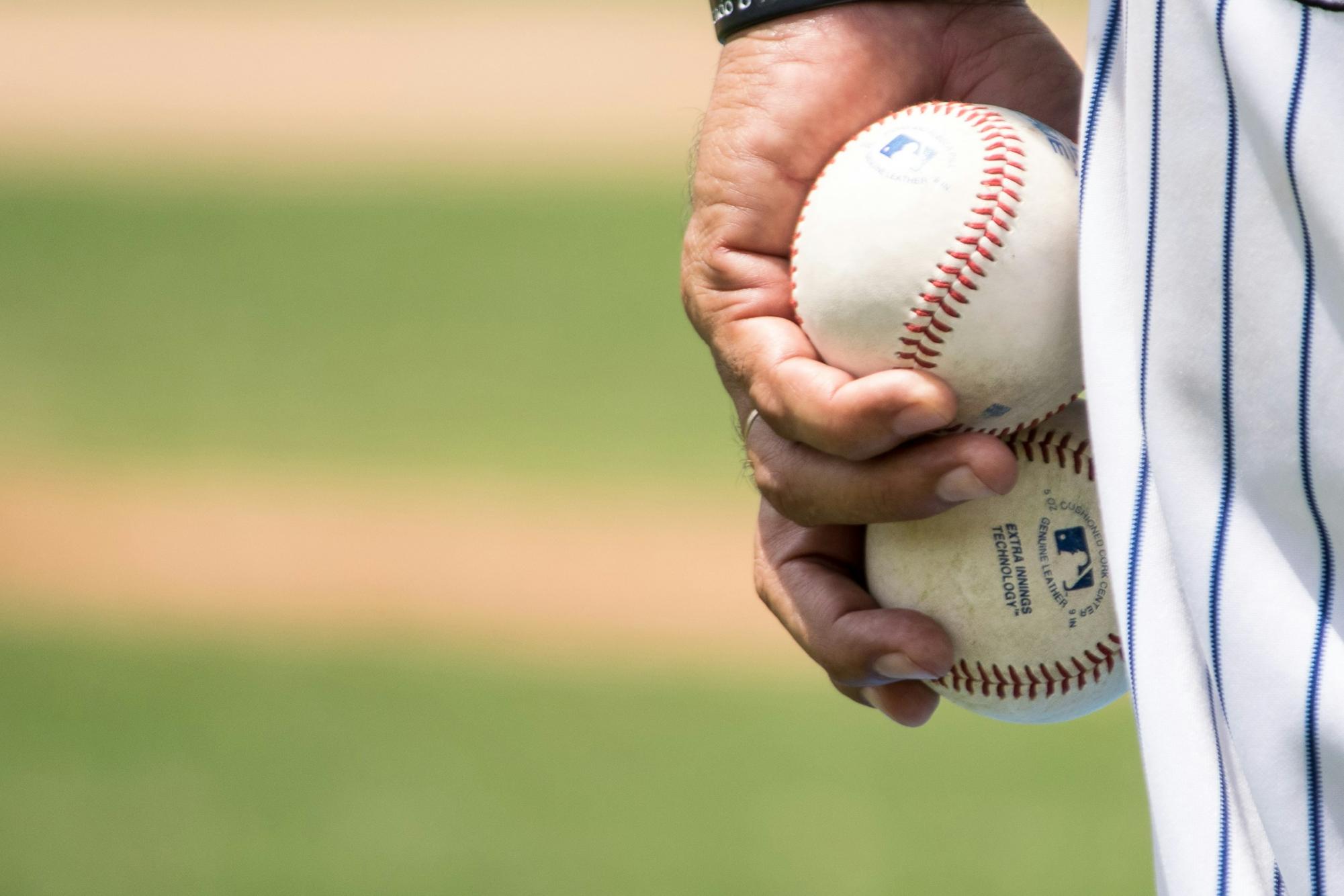
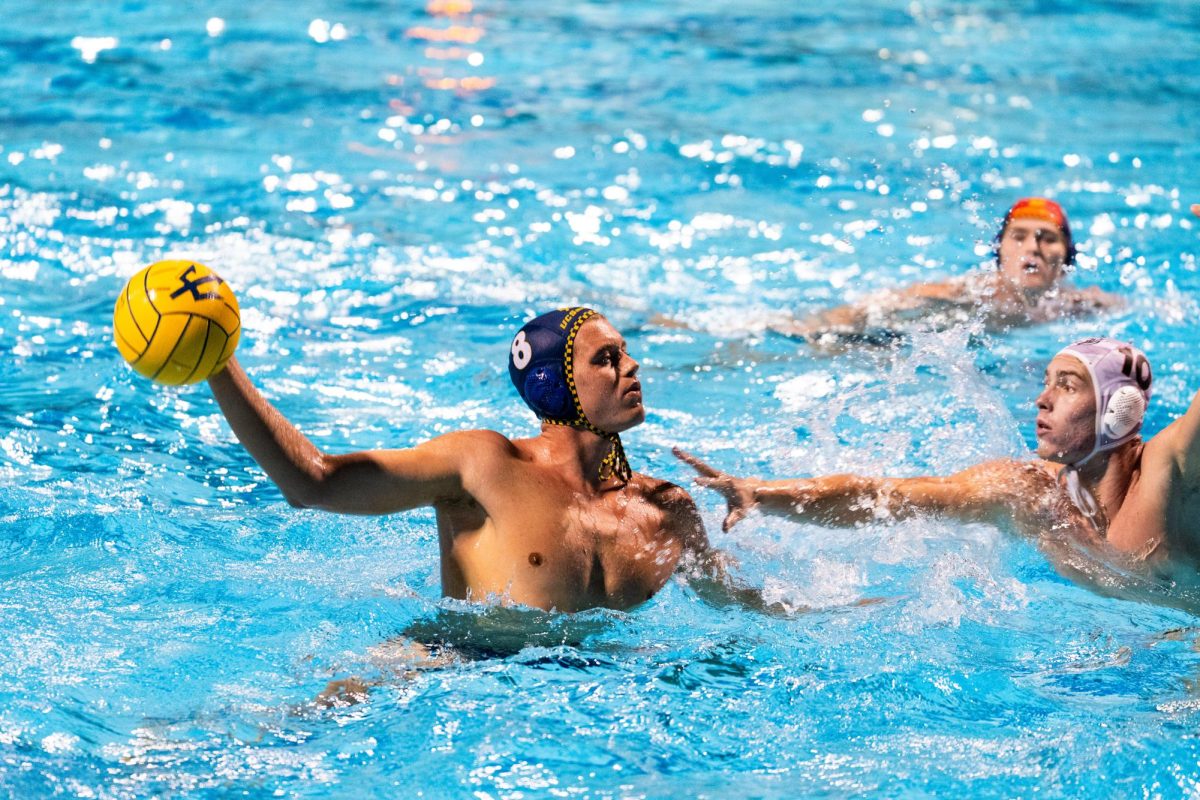
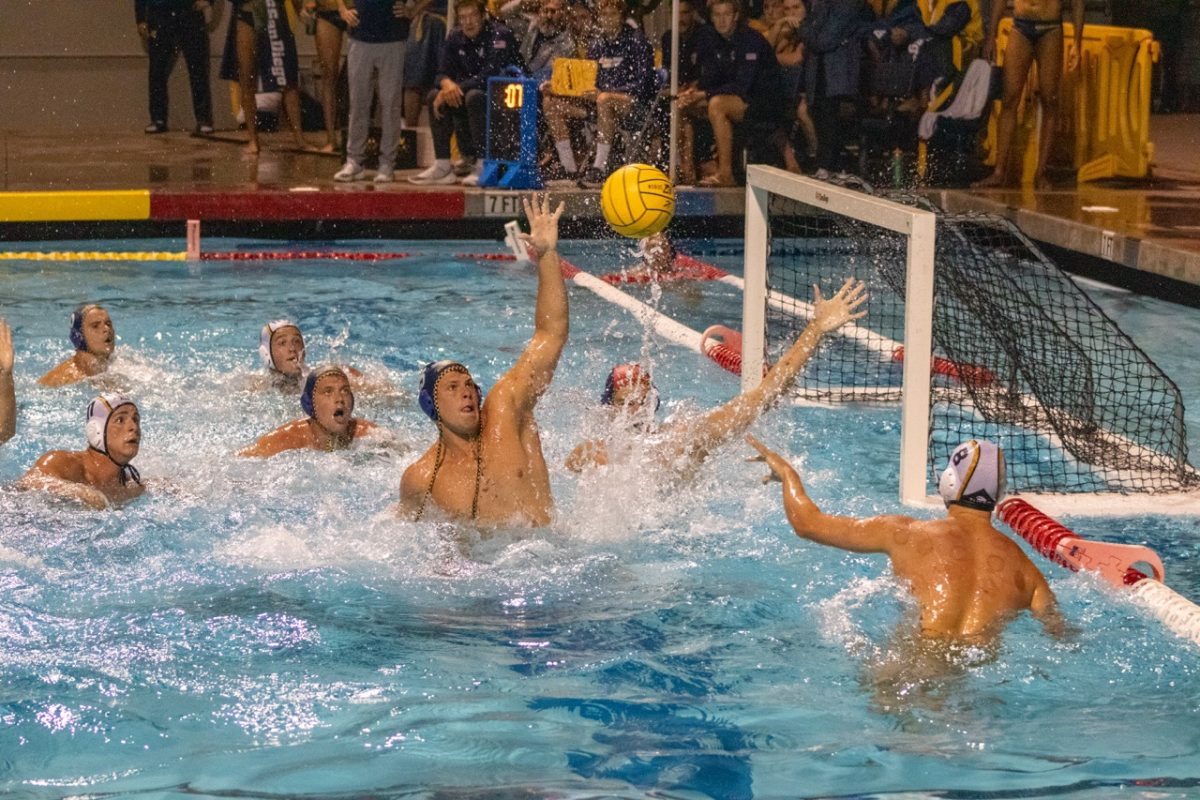
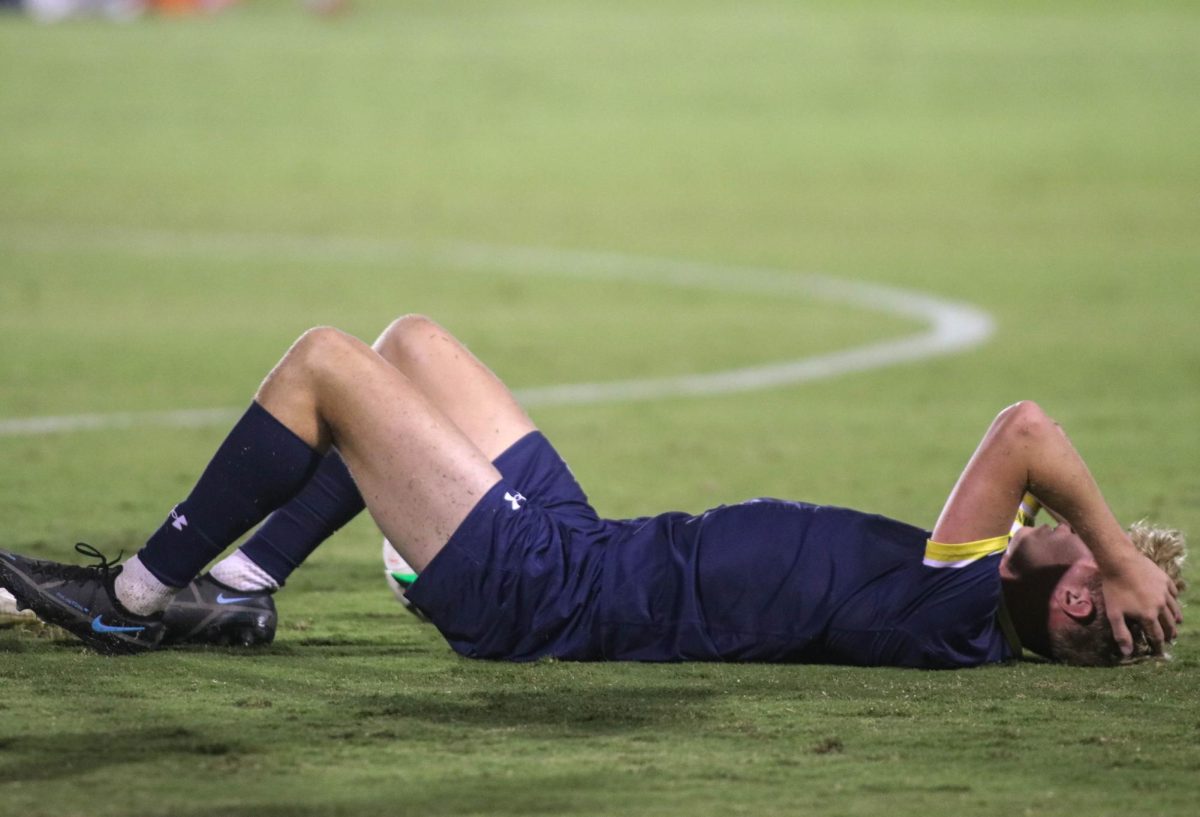
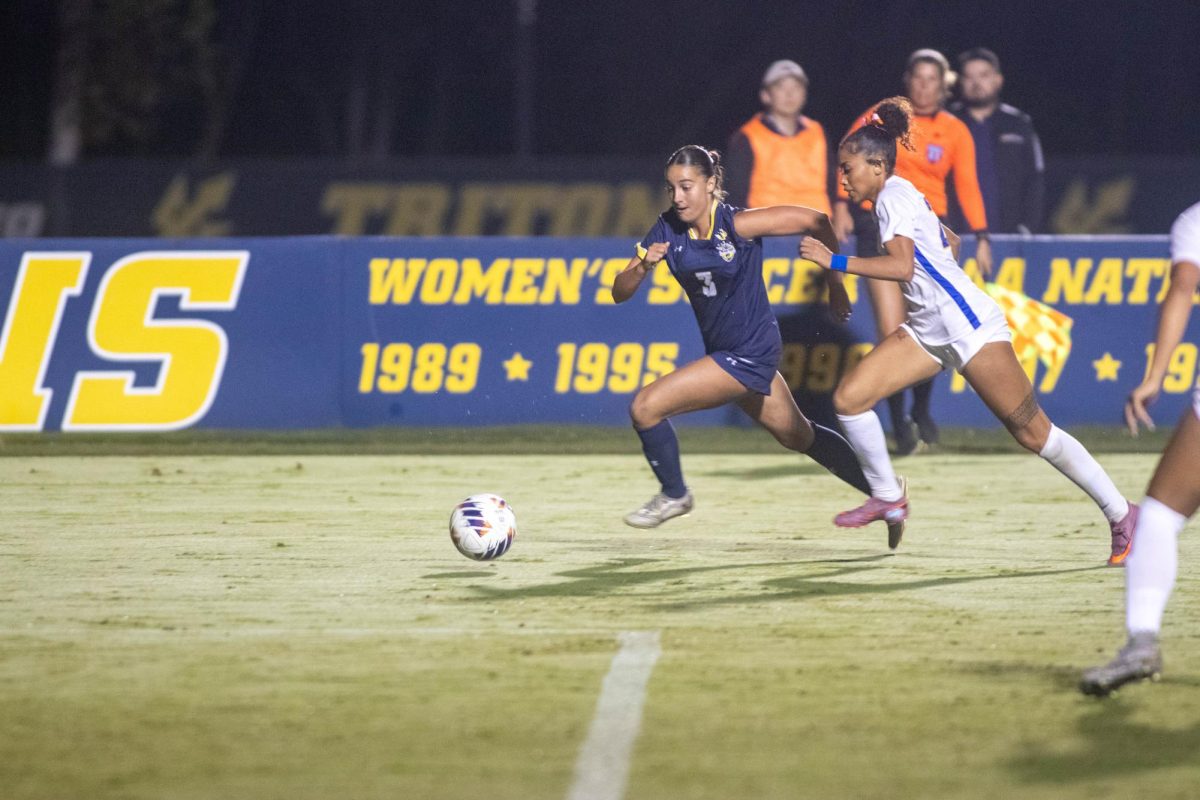
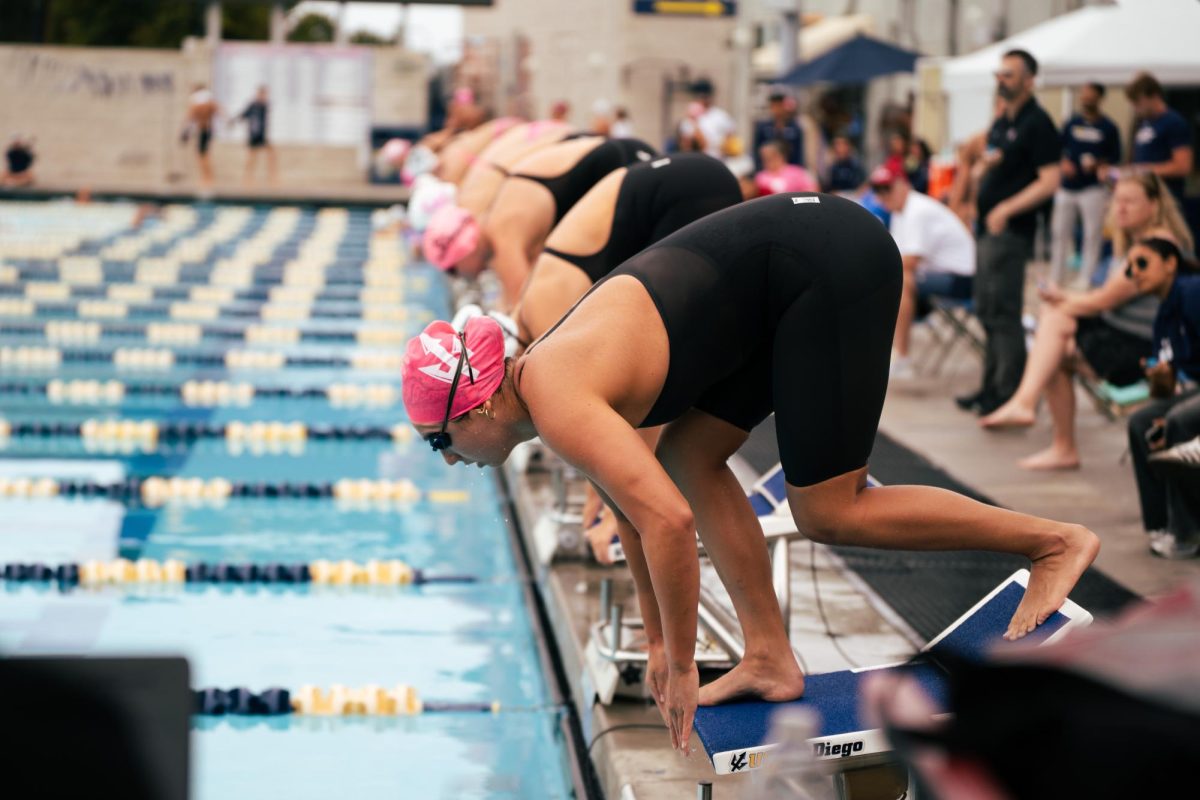
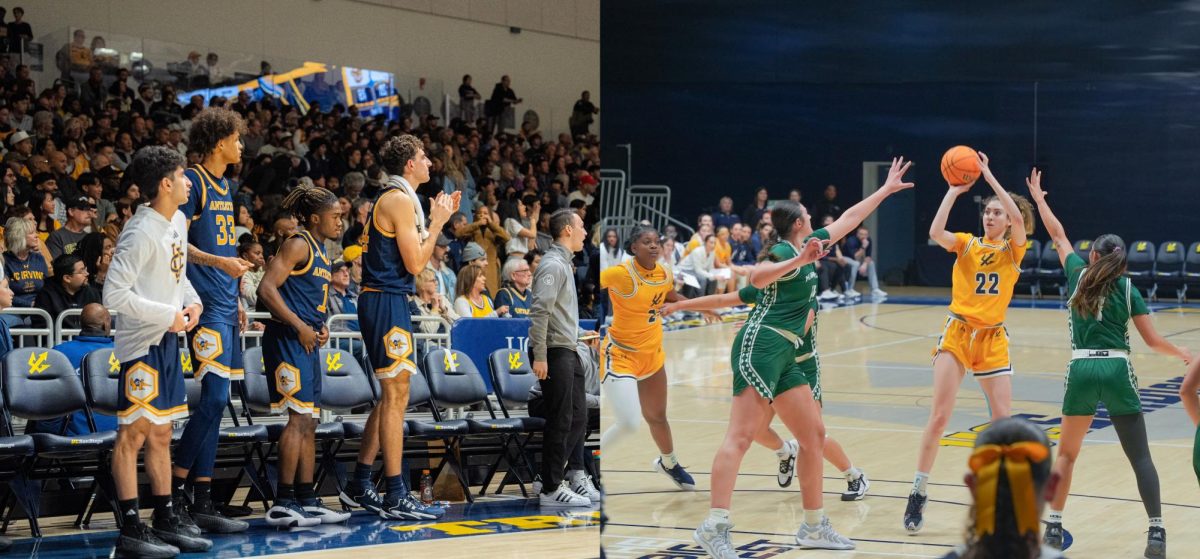
Debra • Apr 17, 2024 at 1:17 pm
Mets suck and try to blame everyone else